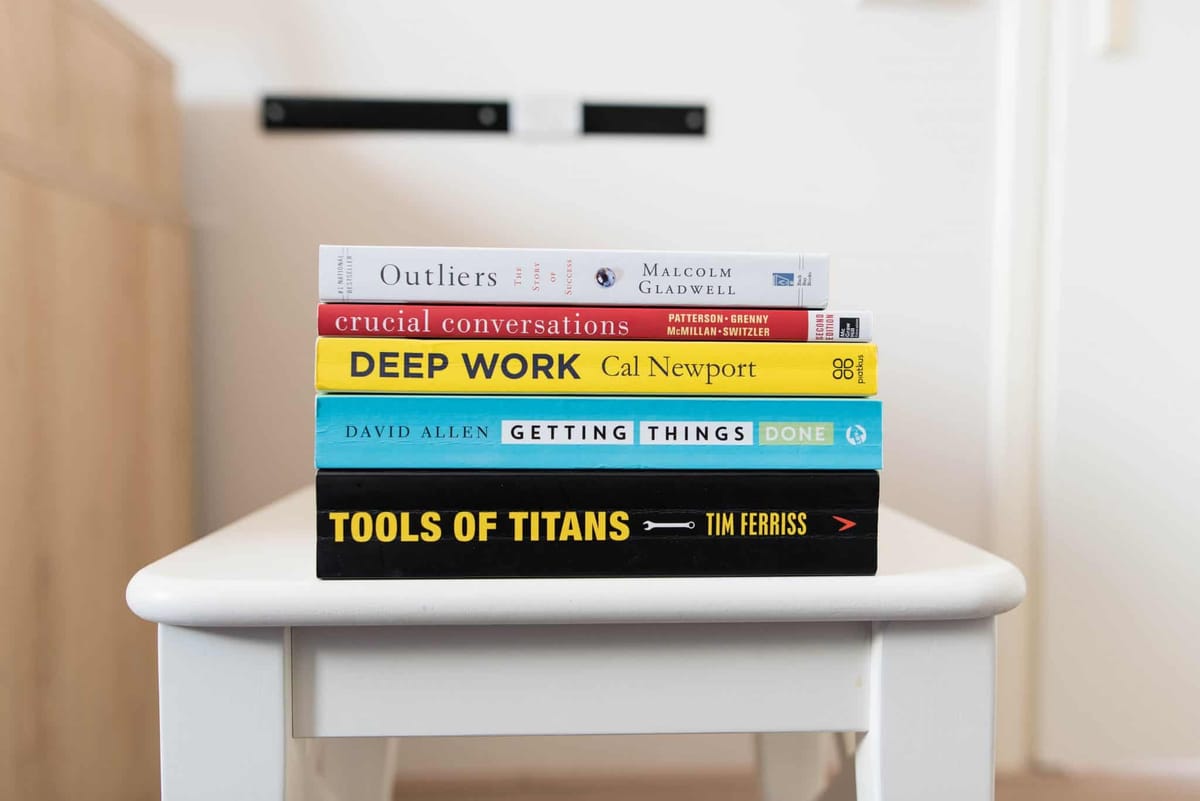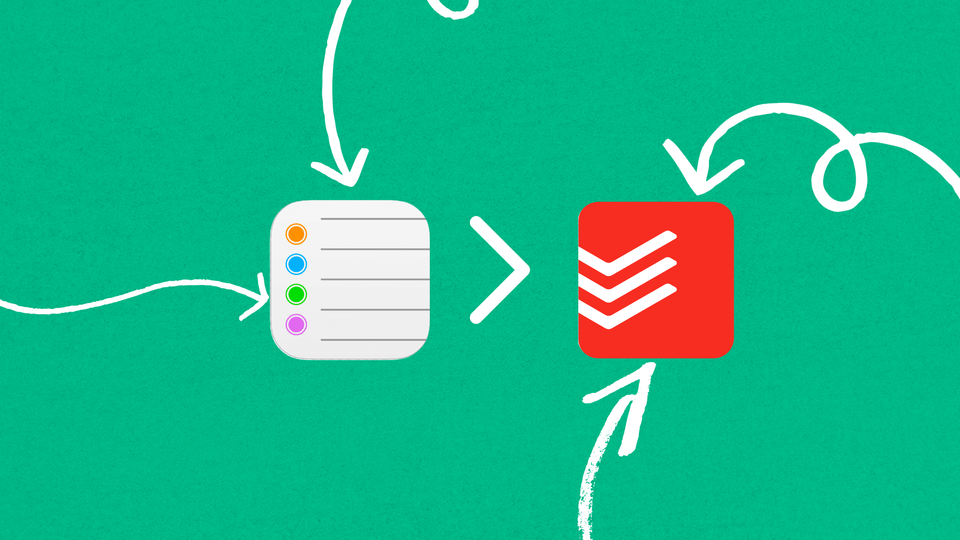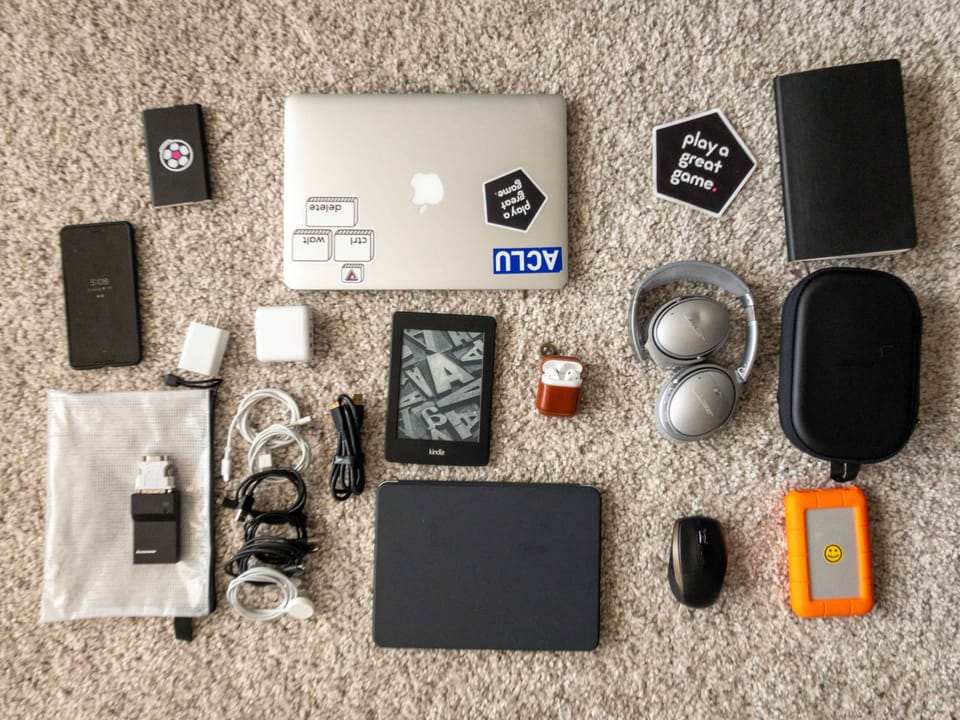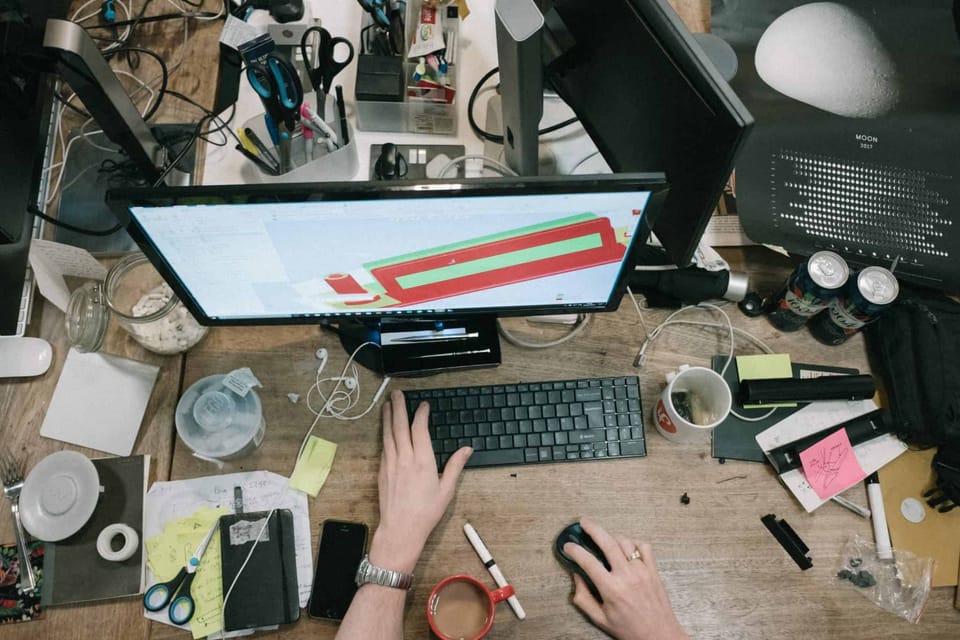3 Things I Learned From Getting Things Done: The Art of Stress-Free Productivity

One of my New Year’s resolutions was to read more books, so I made it a goal to read at least 10 books this year. David Allen’s Getting Things Done: The Art of Stress-Free Productivity was one my list.
I started reading the book in March as I was looking for more books on productivity and organization. I finished reading it last month and have to say that if you haven’t read it, it’s one of the most actionable books you can read. It was hard to read, not because it was boring, but because each chapter had such good information that I wanted to find ways to immediately implement what I had just learned. What book have you read that makes you put it down and actually do what it tells you to?
Rather than review the entire book, I wanted to share the three things I learned and have implemented in my daily routine that has helped me stay on top of my tasks at work and at home. They have helped me clear my mind of clutter and allowed me to focus better and be more productive.
The two-minute rule
This one is simple. If a task will take you less than two minutes to complete, do it now.
How many times have you noticed that cup on the counter and not put it in the dishwasher? That empty water bottle on your nightstand? This week’s mail that’s sitting on the dinner table?
These are simple, quick tasks that shouldn’t be lingering in your head and taking up space.
You will be surprised at how many little things you will be able to check off your list if you follow this rule. Try it! Look around you, find something that’s out of place or needs to be put up and take care of it.
The inbox
We are all bombarded with information every which way. Email, texts, notifications, sticky notes your partner leaves you before they head to work: there are countless “tasks” that are assigned to you (whether you know it or not) and it is almost impossible to remember them all. That’s where the inbox comes in.
The concept of the inbox is not just about email. It can be a physical tray on your desk, a mail holder by your front door, a folder on your to-do list. Your inbox is anywhere (or anything) that you can use to capture any task that is assigned to you. After capturing your tasks, you frequently review your inbox and determine the next step for each task. There’s actually a flow chart for this stuff. You can find it here.
Change your mindset
Unproductive me: “Ugh, I have to clean my apartment, do the laundry, cook dinner. I have so much to do.”
GTD me, the night before: “Tomorrow I plan on eating breakfast then heading to the grocery store early in the morning. Then I’m coming back home, while the clothes are washing I’m going to clean the apartment. Then, I’m going to prepare dinner and call it a day.”
What’s the difference? When you don’t plan for things and take tasks as they come, you’re more likely to feel overwhelmed. Even taking 10 minutes the night before and visualizing what tomorrow will look like makes a difference in how you feel when tackling your tasks. This is a great example of how a small shift that doesn’t require any physical action can have a big impact on how you approach your day.
I never thought I’d be writing my thoughts on a book, but here we are. I am reading more productivity and self-help books so don’t be surprised if I share some more of my thoughts on those soon!
Thanks for reading!



